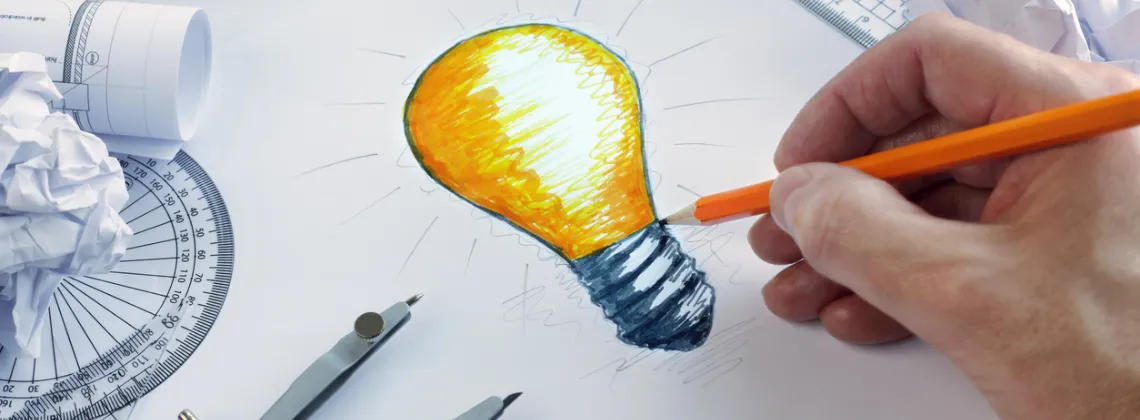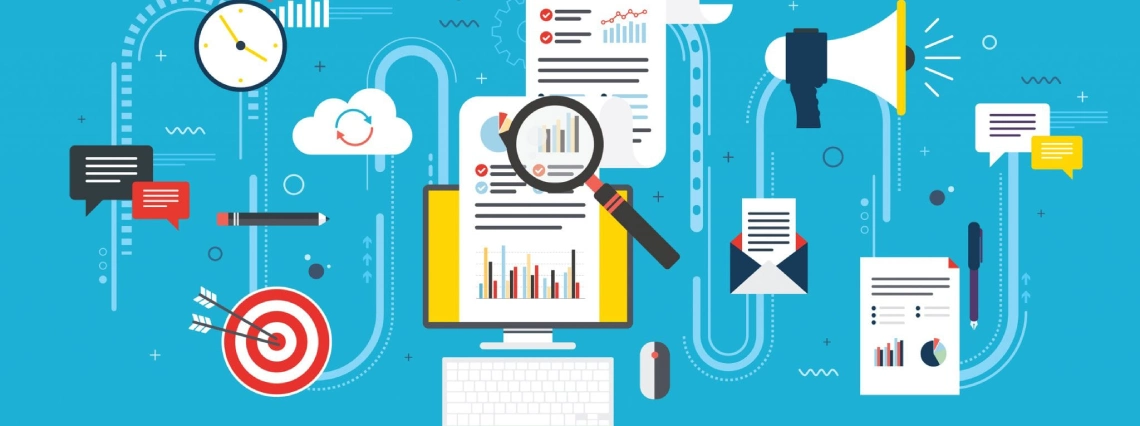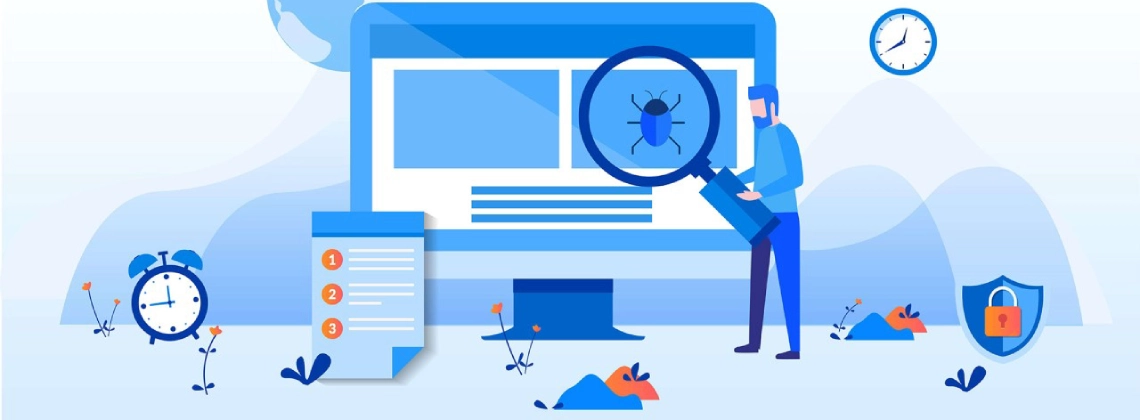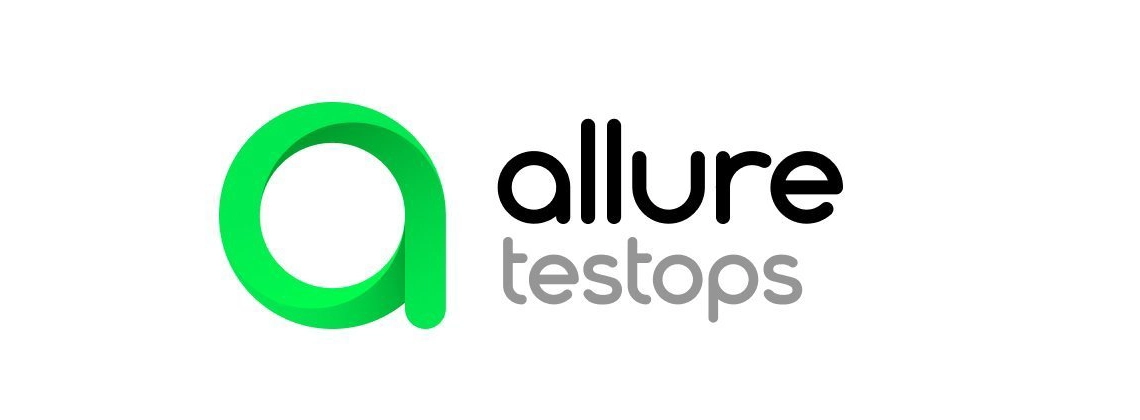What is Product Design and Why is it Important?
Product design is both the art and science of creating solutions that meet user needs while adding business value. It combines aesthetics, functionality, and practicality, guiding product development from the first idea to the final launch.
"Product design is not only about the look and feel of a product, but also how it works." - Steve Jobs.
Product design requires a deep understanding of users, their problems and requirements. It's not just visualization and creating attractive interfaces; it's about analyzing and understanding how people interact with products and services.
This process will include research, prototyping, testing and refinement to ensure that the final product is not only functional, but also intuitive and enjoyable to use. Through product design, companies can develop innovative solutions that increase user satisfaction and drive business growth.
Stages of Product Development: from Idea to Implementation
The product design process is a series of steps that transform an idea into reality and play a key role in determining the success of a product. This requires not only creativity, but also analytical thinking and the ability to work in a team. Each stage deepens the understanding of the needs of the user and the market, contributing to the formation of the final product.
| Stage |
Description |
| Research |
Gathering information about users, the market and competitors. |
| Concept |
Definition of the main functions, values and appearance of the product. |
| Prototyping |
Creating models for testing and validating ideas. |
| Design |
Development of the visual and functional interface of the product. |
| Testing |
Collecting feedback and measuring user interaction. |
| Development |
Product improvement based on user feedback. |
| Launch |
Launch of a product on the market and its continuation. |
At each stage, product designers interact with various departments, including marketing, engineering, and business intelligence, to ensure that the product meets both business aspirations and user expectations. This kind of integrated work leads to the creation of products that not only solve specific problems, but also offer an amazing user experience.
Principles of Effective Product Design
In creating exceptional products, there are unchanging principles of effective product design that have been honed over the years and have become the foundation for many notable developments. Here are some of them:
- User orientation: The highest priority should be given to the needs and desires of the end users. Anticipating their needs and solving their problems is key to creating a product that will be highly valued in the market.
- Use scenarios: It is important to develop clear and understandable scenarios that simplify user tasks and make the product intuitive.
- Visual style: An emotional connection with a product is often formed through visual perception. The choice of color, typography and composition can significantly affect the impression of a product.
- Product structure: The product should be organized in such a way that it is convenient and easy for users to navigate through it. Pattern recognition and logical interface structure are fundamental.
- Using Components: Effective design uses a component-based approach to create consistent and easily adaptable interfaces.
Each of these principles (co) contribute to the creation of a product that not only meets technical requirements, but also touches the strings of consumer perception and emotions. Applying these principles can significantly increase the chances of a product becoming not just popular, but also an indispensable tool in users' lives. With a deeper understanding of these fundamentals, designers can exceed market expectations by creating products that truly resonate with their audience.
The Designer's Role in the Team and Business
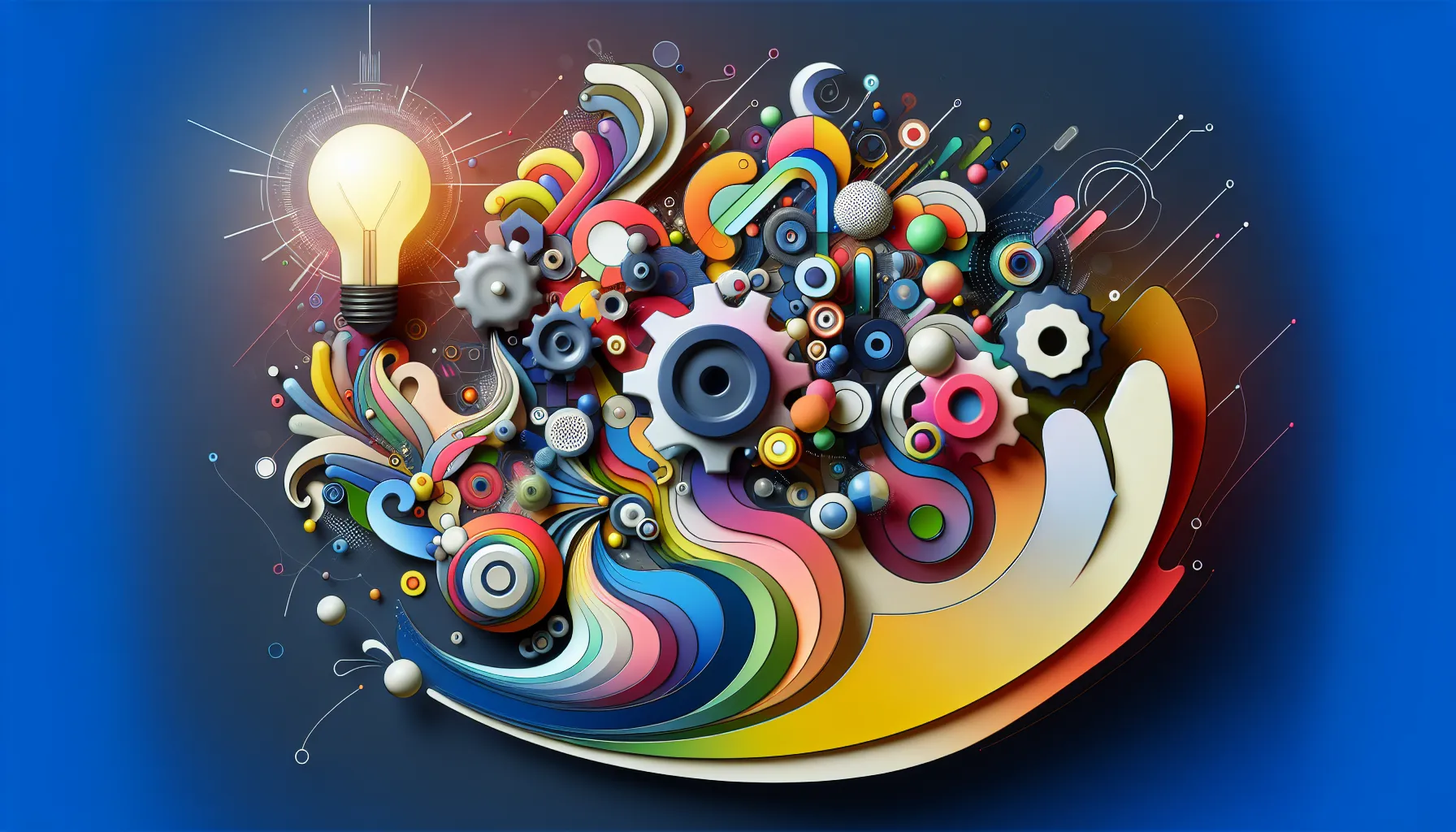
The product designer is the bridge that connects the technical component of the product with the emotional needs of the users, playing a key role in the team and the business. Their work goes far beyond aesthetics; they are responsible for the integrity of the user experience, ensuring that every aspect of the product is understandable, functional and attractive. As a well-known leader in the technology industry states:
"product designers don't just 'make things beautiful'; they are the architects of experiences that influence customer satisfaction and, ultimately, the company's success in the marketplace."
Such an integrated role requires product designers to have not only creative skills, but also the ability to think analytically, as well as understand business processes. They must communicate with marketers, developers, product managers, and stakeholders to create a product that meets both user requirements and business goals. Their impact on business strategy can be significant, as design plays an important role in product differentiation and competitive advantage.
Such deep involvement in the development process requires product designers to constantly improve and update their skills. There are numerous resources that can help with this, from free online courses to specialized training.
How to Become a Successful Product Designer
On the way to professional heights in the field of product design, it is necessary to combine creative abilities with technical skills and develop your own unique style. Here are the steps that will help you become a recognized master in this field:
- Education: Pursuing a specialized education in the field of design, which can include both university courses and online learning.
- Practice: Regularly practice creating designs using a variety of tools and platforms such as https://www.sketch.com/, https://www.adobe.com/products/photoshop.html or https://www.figma.com/.
- Portfolio: Create a strong portfolio that showcases your best work and projects, and don't forget to keep it updated.
- Networking: Expand your professional contacts by interacting with other designers and attending industry events.
- Feedback and analysis: Collect feedback on your project and analyze it for continuous improvement.
- Trends and Innovations: Follow the latest trends in design and technology to keep your work relevant and innovative.
Remember that creating a successful product is not a one-time act, but a long-term process that requires constant self-improvement and adaptation to a changing world.
Key Skills and Knowledge for Product Designer
Mastering the art of product design requires versatility. Here are the key skills every designer should have:
| Skill |
Meaning |
| Visual design |
Ensures the aesthetics of the product |
| Interactive design |
Increases usability |
| User Research |
Helps understand user needs |
| Prototyping |
To test concepts before production |
| Coding |
Allows you to bring ideas to life |
Frequently Asked Questions about Product Design
What does product design include?
Product design covers a whole range of processes - from market analysis, identification of user needs, concept development, interface design, to prototyping and testing. This is a strategic and tactical understanding of the functionality, aesthetics and interaction of the product.
How is a product designer different from a UX designer?
A product designer is responsible for the entire concept of a product, its implementation and implementation on the market, while a UX designer focuses on optimizing user interaction with the product, ensuring ease of use and intuitiveness.
What are the essential skills needed for a career in product design?
For a successful career in product design, the following skills are important: creativity, analytical thinking, the ability to work with user research, knowledge of the principles of visual design and prototyping. Proficiency with tools like
https://www.sketch.com/ or
https://www.figma.com/ is also critical.
 The product designer is the bridge that connects the technical component of the product with the emotional needs of the users, playing a key role in the team and the business. Their work goes far beyond aesthetics; they are responsible for the integrity of the user experience, ensuring that every aspect of the product is understandable, functional and attractive. As a well-known leader in the technology industry states:
The product designer is the bridge that connects the technical component of the product with the emotional needs of the users, playing a key role in the team and the business. Their work goes far beyond aesthetics; they are responsible for the integrity of the user experience, ensuring that every aspect of the product is understandable, functional and attractive. As a well-known leader in the technology industry states:
